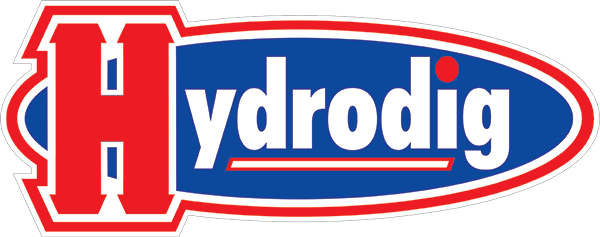Hydro excavation, also known as hydrovac or hydrovacuum excavation, is a highly versatile and effective method for tackling a wide range of excavation projects, including some of the most difficult ones. It utilizes pressurized water to loosen soil, which is then vacuumed into a debris tank. This method provides precise control over excavation, allowing operators to remove soil with accuracy even in tight or sensitive areas, such as around underground utilities or near existing structures.
Hydro excavation minimizes the risk of damage to underground utilities, pipes, and cables compared to traditional mechanical excavation methods. This makes it particularly suitable for challenging projects where precision and safety are paramount, such as excavating in densely populated urban areas or near critical infrastructure.
The method can be adapted to various soil conditions, including clay, gravel, and rocky terrain. It is effective for a wide range of applications, including potholing, trenching, daylighting utilities, and slot trenching, making it suitable for tackling diverse and complex projects.
Hydro excavation Calgary area is faster and more efficient alternative to traditional excavation methods in many cases. The combination of water pressure and vacuum power allows for rapid soil removal, reducing project timelines and minimizing disruption to surrounding areas.
You’ll also find that the practice minimizes environmental impact by using water instead of heavy machinery to excavate soil. This makes it ideal for environmentally sensitive areas or projects where soil contamination is a concern.
Finally, accessibility is a big topic here, as hydro excavation equipment is often compact and maneuverable, allowing it to access hard-to-reach areas, such as narrow alleyways or confined spaces. This makes it suitable for challenging projects where traditional excavation equipment may struggle to operate.
